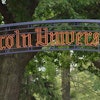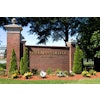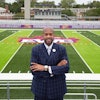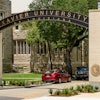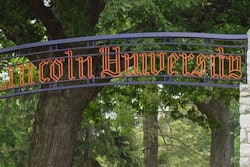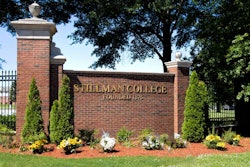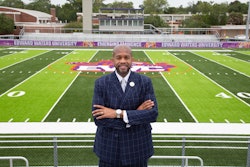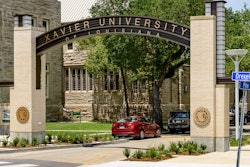Calli Norton is one happy college graduate.
Not only did the lover of politics begin an exciting job in her field of study right after graduating West Virginia State University (WVSU) this spring, she’s working exactly where she wants – in Washington, D.C., the nation’s seat of government, public policy and power.
“I’m right up my alley here,” says Norton, who studied communications and public relations and works as an analyst at a digital political-strategy and marketing firm. “It’s awesome being here.”
As a White graduate of a historically Black college, Norton is somewhat unusual – but a lot less unusual as time passes. She’s an example of the growing ethnic diversity on the campuses of the nation’s 100-plus degree-granting historically Black colleges and universities (HBCUs). While the presence of White, Latino and Asian students at these schools is not a new phenomenon, they are attending HBCUs in increasing numbers, representing a growing proportion of the student body.
In many cases, African-American students have ceased being a majority at HBCUs. At some, they are a small minority among a White majority. Additionally, graduate, professional and online programs at HBCUs tend to draw non-Black students at higher rates.
At WVSU, which was founded in 1891, White students accounted for 62.8 percent of the enrollment in fall 2017. African-Americans constituted 8.9 percent, Asian/Pacific Islanders made up 6.2 percent, students identifying as multiracial constituted 5.5 percent and just over 15 percent chose to not self-identify.
But racial diversity is not new to the university, notes its president, Dr. Anthony L. Jenkins. There were significant numbers of Asian and international students as early as the 1920s, and the student population flipped to majority-White in the 1960s, he says.
